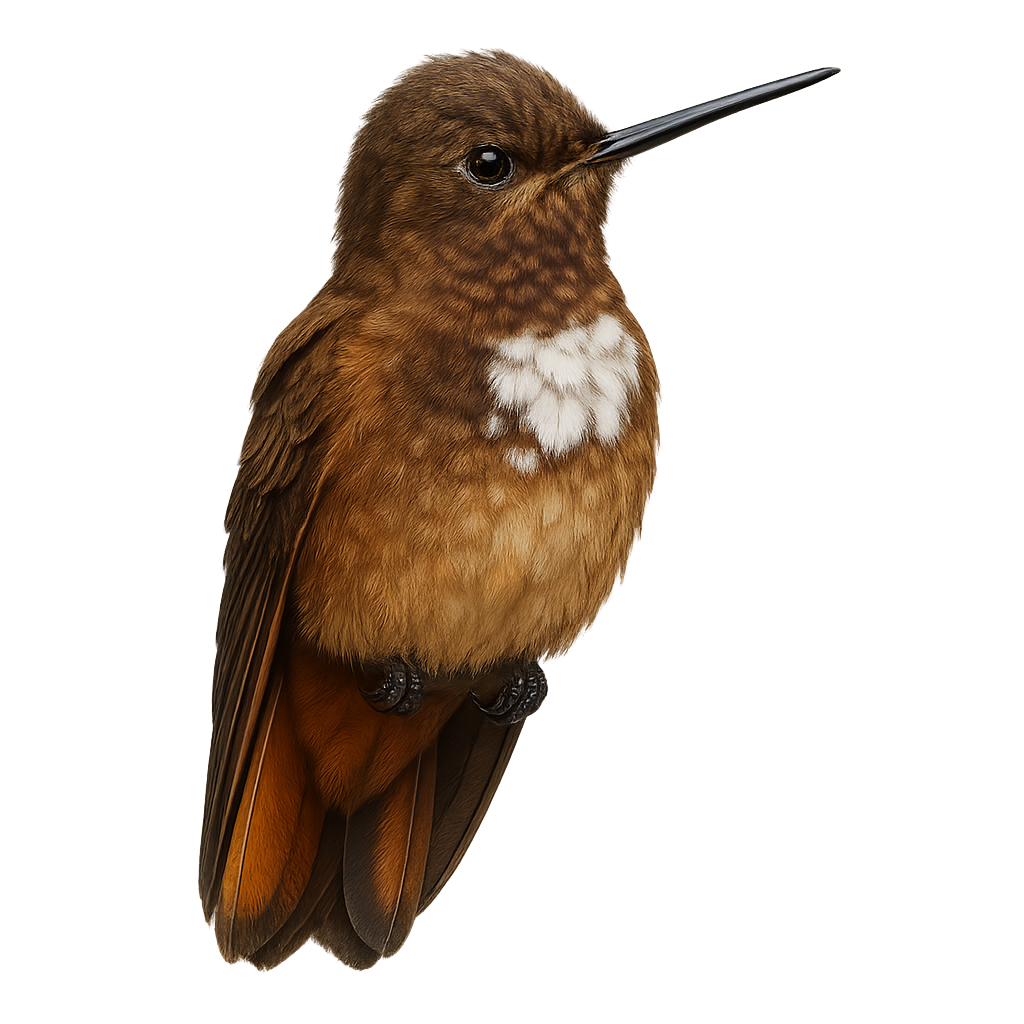Your wildlife photography guide.
Explore the white-tufted sunbeam in detail, study its behavior, prepare your shots.
Where to observe and photograph the white-tufted sunbeam in the wild
Learn where and when to spot the white-tufted sunbeam in the wild, how to identify the species based on distinctive features, and what natural environments it inhabits. The WildlifePhotographer app offers tailored photography tips that reflect the white-tufted sunbeam’s behavior, helping you capture better wildlife images. Explore the full species profile for key information including description, habitat, active periods, and approach techniques.
White-tufted Sunbeam
Scientific name: Aglaeactis castelnaudii

IUCN Status: Near Threatened
Family: TROCHILIDAE
Group: Birds
Sensitivity to human approach: Suspicious
Minimum approach distance: 10 m
Courtship display: February to March
Incubation: 16-18 jours
Hatchings: February to April
Habitat:
Humid forests, shrublands, Andes
Activity period :
Primarily active during the day, with peak activity in the morning and late afternoon.
Identification and description:
The White-tufted Sunbeam, or Aglaeactis castelnaudii, is a fascinating bird from the Trochilidae family. This hummingbird is distinguished by its brilliant plumage, with metallic green hues and a characteristic white patch on its chest. It is mainly observed in the Peruvian Andes, where it frequents humid forests and shrublands at high altitudes. This hummingbird is an essential pollinator, feeding on flower nectar with its long adapted beak. Its small size and rapid flight make it difficult to observe, but its ecological role is crucial for the pollination of Andean plants. Although its conservation status is concerning, efforts are underway to protect its natural habitat.
Recommended lens:
400 mm – adjust based on distance, desired framing (portrait or habitat), and approach conditions.
Photography tips:
To photograph the White-tufted Sunbeam, it is advisable to use a telephoto lens of at least 400mm to capture precise details without disturbing the bird. Given its small size and suspicious behavior, it is best to stay about 10 meters away. Look for areas where flowers are abundant, as these birds are often attracted to nectar. Use a tripod to stabilize your camera and favor times of the day when natural light is soft, such as early morning or late afternoon.
The WildlifePhotographer App is coming soon!
Be the first to explore the best nature spots, track rutting seasons, log your observations, and observe more wildlife.
Already 1 430 wildlife lovers subscribed worldwide

